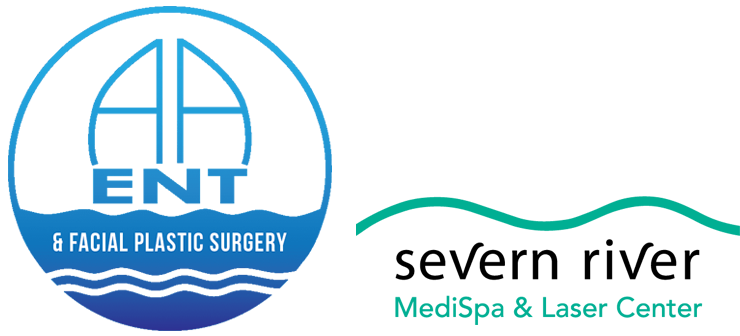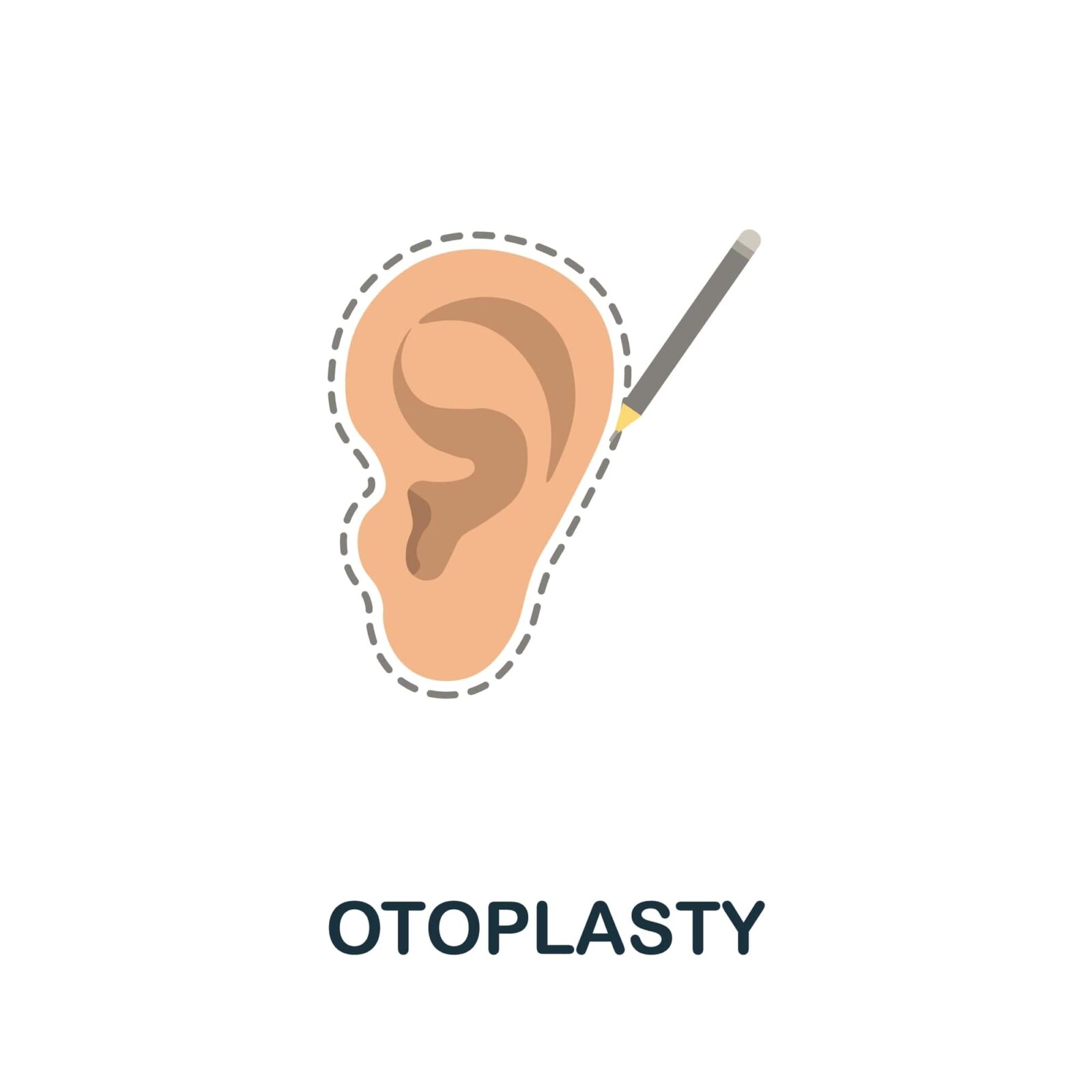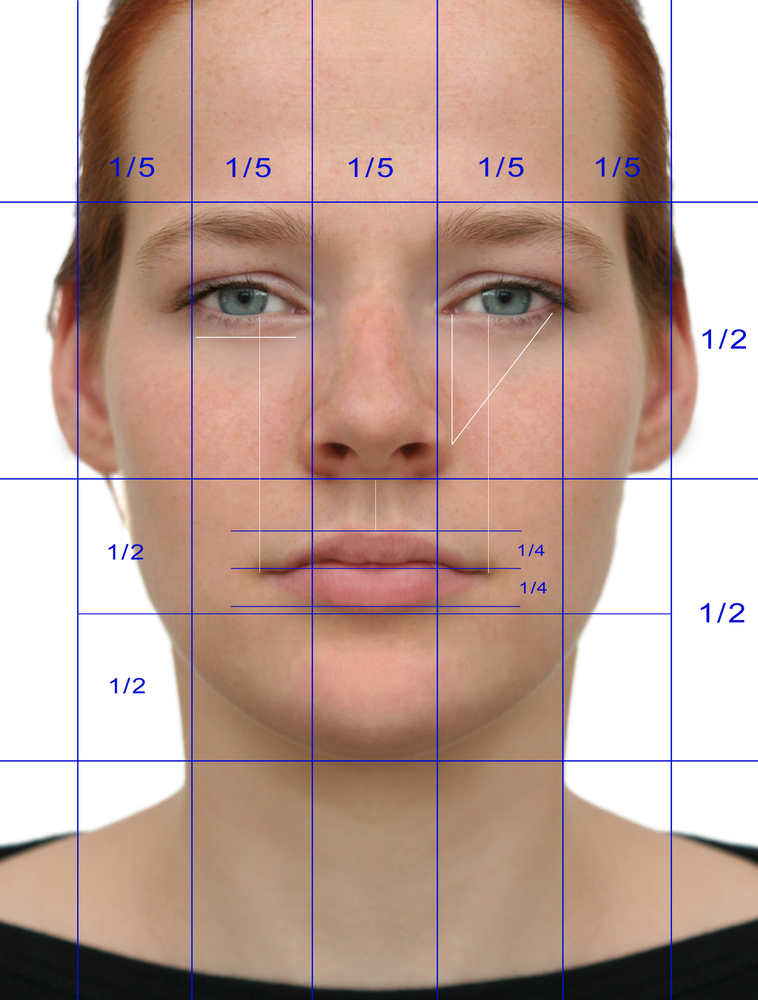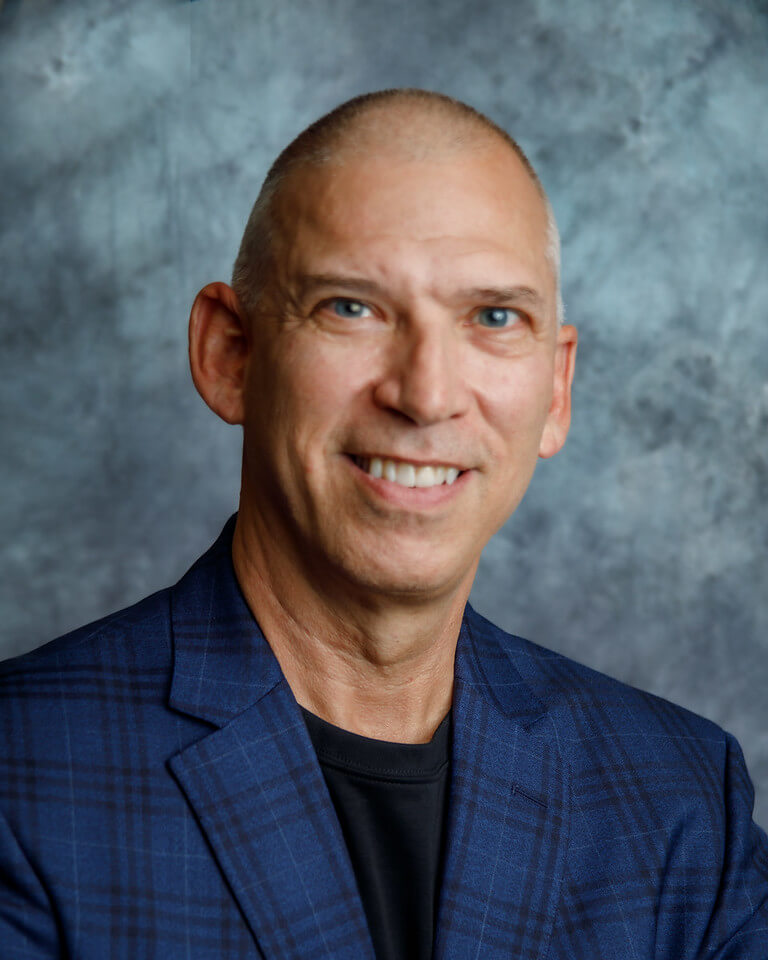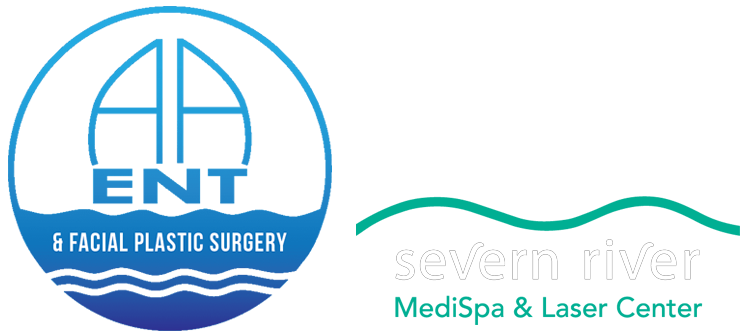Ear deformities, ranging from minor aesthetic concerns to significant structural anomalies, can significantly impact an individual’s self-esteem and quality of life. Fortunately, otoplasty, a specialized surgical procedure, offers a transformative solution for these conditions. This procedure, tailored to address a variety of ear deformities, can effectively correct issues such as protruding ears, oversized ears, and more complex congenital deformities like microtia. In this article, we delve into the various types of ear deformities that can be effectively treated through otoplasty, shedding light on the possibilities of this life-changing procedure.
What is an otoplasty?
Otoplasty, commonly known as ear surgery, is a specialized surgical procedure designed to alter the size, shape, or position of the ears. Primarily performed for cosmetic reasons, it addresses concerns such as protruding ears, oversized or misshapen ears, and congenital defects like microtia. The surgery involves making incisions behind or within the ears to access the cartilage, which is then sculpted or folded to achieve the desired appearance. In some cases, skin or cartilage may be removed to enhance the overall result. Otoplasty is not just about improving the aesthetic appeal of the ears; it also aims to boost the patient’s self-esteem and psychological well-being. The procedure is generally safe, with a relatively short recovery time, making it a popular choice for those seeking to correct ear-related insecurities.
What Otoplasty Can Fix
Protruding Ears
One of the most common reasons for otoplasty is to correct protruding ears. This condition is characterized by ears that stick out more than normal from the side of the head. Otoplasty can reposition these ears closer to the head, creating a more balanced look.
Oversized Ears
Some individuals have ears that are larger than the average size, which can lead to self-consciousness. Otoplasty can reduce the size of the ears, ensuring they are in better proportion with the head and face.
Cupped Ear
A cupped ear, also known as lop ear, is a condition where the ear has a very small, cup-like shape. This can be corrected through otoplasty by reshaping the cartilage to create a more typical ear shape.
Shell Ear
Shell ear is a deformity where certain features of a normal ear, like the natural curves and folds, are missing. Otoplasty can reconstruct these features to give the ear a more natural appearance.
Stahl’s Ear
Stahl’s ear deformity results in an abnormal shape due to an extra fold of cartilage. It gives the ear a pointed shape, often referred to as “Spock’s ear.” Otoplasty can correct this by reshaping the cartilage.
Earlobe Repair
Earlobe repair is a form of otoplasty aimed at fixing damaged earlobes, often due to injury, stretching, or gauging. The procedure involves reconstructing the earlobe to restore its natural appearance.
Cryptotia
Cryptotia is an uncommon condition where the upper ear is hidden beneath the scalp skin. Otoplasty in this case involves freeing the ear from the scalp and reshaping the cartilage to position the ear properly.
Microtia and Anotia
Microtia and anotia are congenital deformities. Microtia means the ear is underdeveloped, and anotia means the ear is absent. These conditions often require more complex reconstructive otoplasty, sometimes involving multiple surgeries.
Conclusion
Otoplasty offers a solution for various ear deformities, helping individuals gain confidence and comfort. It’s essential to consult with a qualified plastic surgeon to understand the best approach for each unique condition. As with any surgery, it’s important to have realistic expectations and understand the potential risks and recovery process.
